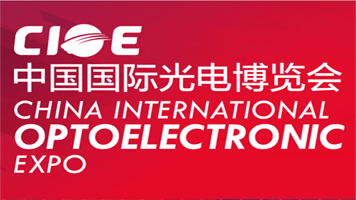OTN, or Optical Transport Network, refers to a transport network that is bounded by optical channel access points. The physical layer of the optical transport network uses optical fibers as transmission media, providing functions including transmission, multiplexing, routing, management, and fault tolerance for customer layer signals within a large range.
Currently, the subnet management function of WDM systems is relatively weak, and can only complete resource presentation functions. The severe lack of end-to-end business configuration, performance monitoring, and management capabilities puts a huge burden on the operation and maintenance of IPoverWDM networks. G.709 OTN provides rich overheads, making the optical layer possess strong management capability. The maintenance signal of the OTN device is used for fault isolation and alarm suppression, greatly reducing the burden of system maintenance. For example, after a fiber interruption event occurs in an OTN network, multiple alarms can be avoided by reporting only one alarm to the network management system and the corresponding fault can be located.
In addition, in a configurable optical network, powerful monitoring and management is particularly important. Operators often find that the optical power at the receiving end is normal, but the data signal cannot be received normally during circuit configuration. In the ODU layer, TCM supports end-to-end optical channel monitoring and management across multiple management domains or networks, together with optical channel detection technology to achieve optical power monitoring, alarm correlation detection, fault location, QoS confirmation, and protection switching triggering.
In summary, the design, transmission lines, and fault and performance monitoring of the optical layer in trunk networks are relatively complex, and most operators prefer to use open OTU to interconnect router equipment and OTN devices.
In networks mainly consisting of TDM services, channel and line protection on the transmission layer are widely used. L1 layer protection has the characteristics of high reliability, fast protection switching speed, and simple configuration. However, in IPoverWDM networks mainly consisting of packet services, the limitations of L1 layer protection, such as low efficiency and poor flexibility, are gradually exposed.
IP networks can better perceive and process services, achieve packet routing and forwarding according to business requirements, and therefore have better efficiency and flexibility. Currently, more mature and practical IP-layer protection and recovery technologies include FRR and IGP convergence. FRR can basically meet the requirements of 50ms node and link protection, but its configuration requires IP links to be unrelated, which is very complicated in large networks. In addition, FRR currently has scalability and interoperability issues that make it unsuitable for large-scale deployment in multi-vendor environments.
Currently, transport network protection and IP layer protection and recovery mainly complement each other. OTN devices need to provide more flexible and efficient protection methods to shield line faults, providing stable transmission channels for IP networks, reducing the difficulty of deploying FRR and reducing the number of IGP convergences. In the long run, the positioning and coordination mechanisms between protection at various levels will be more perfect, and the whole network survival mechanism will be comprehensively implemented on multi-layer networks.
OTN technology is an optical interconnection technology adapted to IP services. In order to achieve a smooth transition from IPoverWDM to IPoverOTN, OTN devices will first be deployed at backbone nodes to improve the networking and scheduling capabilities of the optical layer.
Currently, OTN devices have different product forms, and ROADM and OTH devices have certain application scenarios. With the maturity of OTN technology's 10GELAN carrying technology and management capabilities, POS interfaces between routers and OTN will be gradually replaced, further reducing costs.



